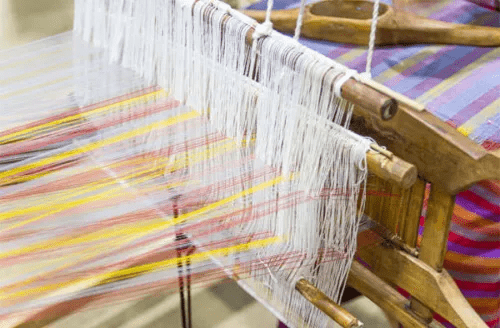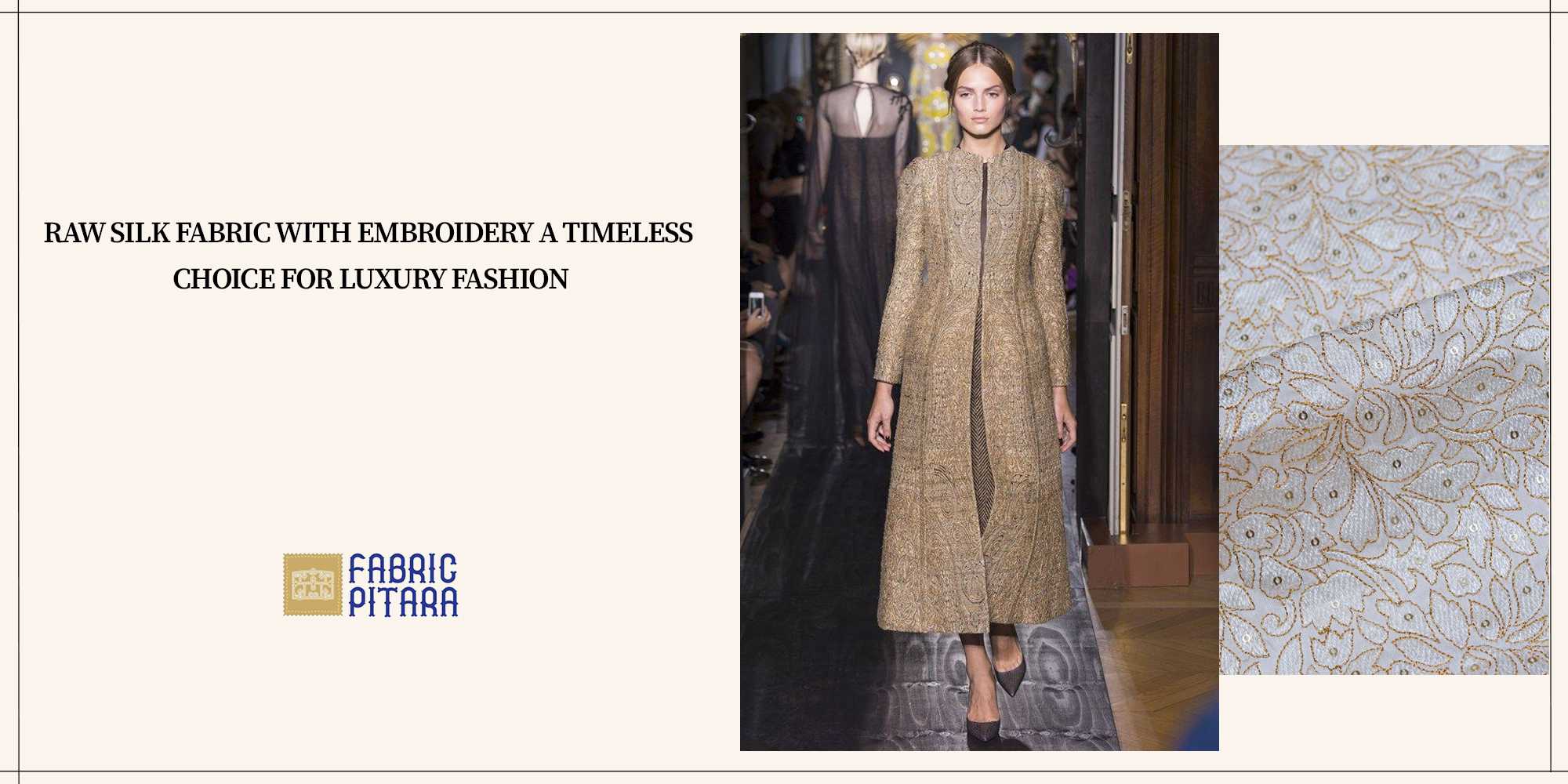
Almost for a millennium, Italy has been associated with luxury textiles, whose greater traditions lie in silk fabric manufacture. Silk from Italy speaks of a long tradition of high quality and elegant workmanship that still enchants the modern world. We are now going to take a fantastic journey in the world of Italian silk to find out in detail how mulberry leaves are finally woven into shimmering fabric.

A Legacy Born in History
The tale of silk from Italy is just like an epic saga. Though the very origin of silk was in ancient China, during the Middle Ages, the art of silk weaving flowered in Italy. It became a hive for innovation, as cities like Florence, Milan, and Como cropped up as main centres for the production of silk, attracting skilled craftsmen and leading to new inventions. The silk industry's patrons were the royal and the rich, who were fabric crazy and were to make up clothes, tapestries, and upholsteries from these luxurious fabrics. Over the centuries, techniques such as brocading and velveting gave still more depth and dimension to this already beautiful material, and Italian silk continued to evolve.
The Delicate Dance of Silk Making
Making Italian silk is a rather very complicated process, with each step touched by the art of the maker. Let's take a closer look at the interesting stages in producing this sumptuous material:
The Mulberry Connection: If truth be told, then sericulture actually starts with the cultivation of the mulberry tree, which happens to be the only food that silkworms take. These trees are carefully cultivated in the sun-kissed groves of Italy so that silkworms acquire the best possible nourishment.
Cocoon-Making Art: As the silkworms mature, they begin to cocoon themselves in a protein filament. The few-day process is spent by the silkworm carefully weaving its silken haven.
Gentle Harvesting: Getting out the cocoon is done with extreme deliberation. The extraction of the cocoons happens before the silkworm emerges, by skilled workers. Since the process never breaks a filament,.
The Art of Reeling: This is where magic happens. Cocoons are gently heated in water to loosen the silk filament, incredibly thin and strong, which is then winded onto bobbins with great care.
Throwing and Spun: The reeled silk, raw silk fabric, is treated by a processing method known as throwing. The process of throwing involves twisting several strands to get a stronger thread. This will be spun for added strength and consistency.
Dyeing the Dream: The blank canvas comes into its own here. Gee, rich, and lively colours so characterise Italian silk, attained by the complex process of dyeing. Natural dyes and advanced techniques lend the desired colour fastness and brilliant colour.
Weaving the Magic: After all, these threads are woven on looms into silk fabrics. Traditional techniques and modern machinery find expert hands to create a comprehensive range of silk fabrics, from the light, floating shimmer of chiffon to the rich texture of brocade.

Pure Silk Fabric: A Celebration of Quality
When it comes to the quality, there can hardly be any rival to Italian silk. Some of the main characteristics associated with it are as follows:
Strength Unparalleled: So frail in appearance, pure silk fabric actually has surprising strength. Properly cared for, pure Italian silk garments and furnishings can last for generations.
Luminous Lustre: Italian silk has the extraordinary feature of a natural sheen that lends any creation the feel of sophistication. Nothing synthetic reproduces this natural lustre.
Supreme Breathability: Silk's protein structure makes it highly breathable. It keeps one cool in the summer and warm during the winters. This natural temperature regulation makes garments made from Italian silk exceptionally comfortable every time of the year.
Symphony of Textures: Italian silk holds within its gamut an array of textures—from pebbly satin to rich velvet. This kind of diversity gives endless creative possibilities.

Tradition Lives On
Today, Italian silk manufacturing lives on as one of the more high-quality facets of human creativity. Granted that recent developments have systematised sections of the work, much of the old creation and quality ethos has remained. The new wave of Italian silk producers continues to press pioneering boundaries in designs and techniques, blending heritage with innovation.
The Future of Italian Silk: How Sustainability Will Come into Play
The future does look very bright for silk from Italy, with greater concern for sustainability. Manufacturers are adopting eco-friendly processes, like using natural dyes and responsible waste management systems. Therefore, this heritage in Italian silk continues unabated to generations to come without any problem.
Next time you stop in front of the perfect outfit done in pure silk fabric, take an occasion to appreciate the artistry and tradition in it. Each is imbued with the exact same reassurance of expert skill joined by the rich history of Italian silk manufacturing. From the mulberry groves under the sun to the complex dance involved in weaving, Italian silk remains a testament to enduring craftsmanship and the beauty within the materials of nature.







